Home>Articles>Why Should Meat Be Covered When They Are Cooked In A Microwave Oven
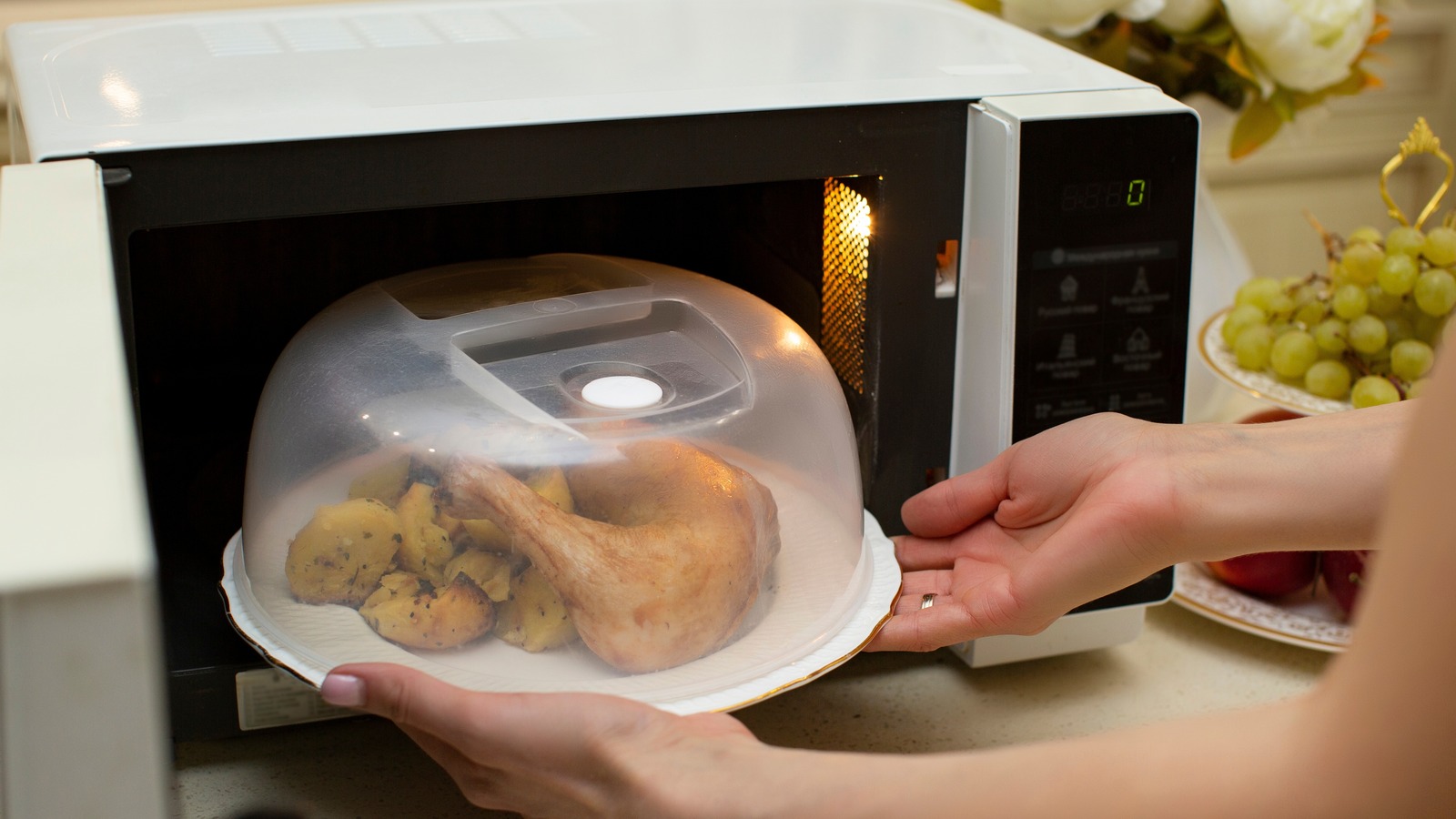

Articles
Why Should Meat Be Covered When They Are Cooked In A Microwave Oven
Modified: February 28, 2024
Discover the importance of covering meat when cooking in a microwave oven. Read our informative articles to learn more about this topic and ensure delicious and safe meals.
(Many of the links in this article redirect to a specific reviewed product. Your purchase of these products through affiliate links helps to generate commission for Storables.com, at no extra cost. Learn more)
Introduction
When cooking meat in a microwave oven, it is essential to cover it properly. The microwave cooking process differs from other traditional cooking methods, and covering your meat can significantly improve the outcome. Whether you’re heating up leftovers or preparing a delicious meal from scratch, covering meat in a microwave has numerous benefits that you shouldn’t overlook.
Microwave cooking is known for its speed and convenience. It uses electromagnetic waves to generate heat directly within the food, resulting in faster cooking times. However, this rapid cooking process can also lead to moisture loss and unevenly cooked meat if not properly managed. By covering the meat while cooking, you can mitigate these issues and ensure a tastier and more succulent result.
In this article, we will explore the importance of covering meat when cooking it in a microwave oven, as well as the benefits it offers. We’ll discuss how covering meat retains moisture, prevents splattering, maintains flavor, and allows for better control of cooking time. Additionally, we’ll provide some safety measures to keep in mind when covering meat in a microwave, ensuring a smooth and enjoyable cooking experience.
So, let’s dive in and discover why covering your meat during microwave cooking is a practice that shouldn’t be overlooked.
Key Takeaways:
- Covering meat in a microwave retains moisture, prevents splattering, maintains flavor, and allows for better control of cooking time, resulting in tender, juicy, and flavorful dishes.
- When covering meat in a microwave, prioritize safety by using microwave-safe covers, ensuring proper ventilation, and handling hot dishes with caution to enjoy worry-free cooking.
Read more: When Was Microwave Oven Invented
Microwave Cooking Process
The microwave cooking process is quite different from traditional cooking methods such as stovetop or oven cooking. Rather than using hot air or direct contact with a heat source, microwave ovens use electromagnetic waves to rapidly heat the water molecules present in the food. This unique cooking process allows for faster and more even cooking, making it a popular choice for many households.
When you place raw meat in a microwave oven, the microwaves penetrate the meat and excite the water molecules within it. As these water molecules vibrate, they generate heat, which cooks the meat from the inside out. This process ensures that the meat is cooked thoroughly and quickly, making it ideal for busy individuals seeking a time-efficient cooking method.
However, the speed at which microwave ovens cook meat can also lead to some challenges. One of these challenges is moisture loss. Without proper precautions, microwaved meat can become dry and tough, taking away from its overall taste and texture. Additionally, in the absence of a cover, the meat’s juices and fats can splatter and create a mess inside the microwave.
To overcome these challenges, it is crucial to cover the meat during microwave cooking. By doing so, you can retain moisture, prevent splattering, maintain flavor, and have better control over cooking time. Let’s delve deeper into the significance of covering meat in a microwave oven when cooking.
The Importance of Covering Meat
When cooking meat in a microwave, covering it plays a vital role in ensuring a delicious and well-prepared dish. While it may seem like an insignificant step, covering the meat offers several important benefits that enhance the cooking process and improve the end result.
One of the primary reasons to cover meat when cooking in a microwave is to retain moisture. The intense heat generated by the microwave can cause the natural juices in the meat to evaporate quickly, resulting in dried-out and tough meat. By covering the meat, you create a barrier that helps trap the steam and moisture within, keeping the meat moist and juicy.
Not only does covering the meat retain moisture, but it also prevents splattering. As the meat cooks, its juices and fats can splatter and create a mess inside the microwave. By covering the meat, you create a shield that prevents the hot liquids from splashing around, making cleanup much easier and saving you from potential burns when removing the dish from the microwave.
Another significant advantage of covering meat is in maintaining its flavor. The cover helps to lock in the natural flavors and aromas of the meat, preventing them from escaping and ensuring a more flavorful end result. Additionally, covering the meat can also help prevent the flavors of other foods in the microwave from mingling with the meat, allowing it to maintain its distinct taste.
Covering the meat also allows for better control over cooking time. Depending on the thickness of the meat and the desired level of doneness, it may be necessary to adjust the cooking time. By covering the meat, you create a gentle heat environment that helps cook the meat more evenly and allows for better control over the cooking process. This ensures that the meat is cooked to perfection, without any overcooked or undercooked portions.
Overall, covering meat when cooking in a microwave is essential to achieve the best possible results. It helps retain moisture, prevent splattering, maintain flavor, and offer better control over cooking time. So, whether you’re reheating leftovers or preparing a fresh meal, don’t forget to cover your meat in the microwave to enjoy a delectable and satisfying dish.
Benefits of Covering Meat in Microwave Cooking
Covering meat when cooking in a microwave offers several benefits that contribute to achieving optimal results. From retaining moisture to preventing splattering, these advantages enhance the taste, texture, and overall quality of the cooked meat. Let’s explore the benefits of covering meat in microwave cooking.
1. Retaining Moisture: One of the primary advantages of covering meat is the ability to retain moisture. The intense heat in a microwave can cause the natural juices in the meat to evaporate quickly, resulting in dry and tough meat. By covering the meat, you create a barrier that helps trap the steam and moisture within, ensuring the meat remains moist and juicy.
2. Preventing Splattering: Another notable benefit of covering meat in a microwave is the prevention of splattering. As the meat cooks, its juices and fats can splatter and create a mess inside the microwave. By covering the meat, you create a shield that prevents the hot liquids from splashing around, saving you from potential burns and making cleanup much easier.
3. Maintaining Flavor: Covering meat plays a crucial role in maintaining its flavor. The cover helps to lock in the natural flavors and aromas of the meat, preventing them from escaping during the cooking process. This ensures that the meat retains its delicious taste and aroma, resulting in a more enjoyable dining experience.
4. Controlling Cooking Time: Covering meat allows for better control over cooking time. Depending on the thickness of the meat and the desired level of doneness, it may be necessary to adjust the cooking time. By covering the meat, you create a gentle heat environment that helps cook the meat more evenly and allows for better control over the cooking process. This ensures that the meat is cooked to perfection without any overcooked or undercooked portions.
5. Reducing Splatter Cleanup: In addition to preventing splattering, covering meat in a microwave reduces the cleanup required. Without a cover, the splattered liquids can create a mess inside the microwave, resulting in more time and effort spent on cleaning. By covering the meat, you minimize the extent of splattering, making the cleanup process quicker and easier.
6. Minimizing Odor Transfer: When cooking multiple items in a microwave, covering meat helps to minimize the transfer of odors between different foods. The cover acts as a barrier that prevents the strong aromas of the meat from mingling with other dishes, ensuring each item retains its distinct flavor profile.
By covering meat when cooking in a microwave, you can enjoy these various benefits and achieve meat that is moist, flavorful, and cooked to perfection. So, don’t forget to cover your meat during microwave cooking for a more satisfying culinary experience.
Retaining Moisture
One of the primary reasons for covering meat when cooking in a microwave is to retain moisture. The intense heat generated in the microwave can cause the natural juices in the meat to evaporate quickly, resulting in dry and tough meat. By covering the meat, you create a barrier that helps trap the steam and moisture within, ensuring the meat remains moist and succulent.
When exposed to high heat, the water molecules present in the meat begin to vaporize and escape. This is especially true for lean cuts of meat that have lower fat content. As a result, the meat can become dry and lose its natural juiciness. However, by covering the meat, you create a controlled cooking environment where the steam and moisture are trapped. This helps to keep the meat moist throughout the cooking process.
The cover acts as a protective shield that prevents the steam from escaping too quickly. It helps to retain the moisture within the meat, resulting in tender and juicy cooked meat. The trapped steam also helps to distribute the heat evenly throughout the meat, promoting thorough and uniform cooking.
In addition to preventing moisture loss, covering the meat also allows the juices to redistribute within the meat. As the meat cooks, the natural juices are released and settle within the fibers. By keeping the meat covered, these juices have the opportunity to reabsorb into the meat, enhancing its flavor and tenderness.
It is important to note that the type of cover used can also impact the retention of moisture. A microwave-safe cover with vents or perforations is ideal. These vents allow steam to escape gradually, preventing excess moisture buildup and potential pressure buildups inside the microwave. The cover should fit snugly over the meat, ensuring a tight seal that traps the steam effectively.
Overall, retaining moisture is crucial for ensuring that the meat remains tender, juicy, and flavorful. By covering the meat during microwave cooking, you create an environment that preserves the natural juices and prevents them from evaporating too quickly. So, for moist and succulent meat, always remember to cover it when cooking in a microwave.
Covering meat when cooking in a microwave oven helps to retain moisture and prevent splattering. This can result in more evenly cooked and juicier meat.
Preventing Splattering
Another important benefit of covering meat when cooking in a microwave is the prevention of splattering. As the meat cooks, its juices and fats can splatter and create a mess inside the microwave. By covering the meat, you create a shield that prevents the hot liquids from splashing around, saving you from potential burns and making cleanup much easier.
When cooking meat in a microwave without a cover, the high heat causes the juices and fats to bubble and splatter, leading to messy and hard-to-clean microwave walls, ceiling, and turntable. This not only creates a hassle in terms of cleaning but also poses safety risks as the hot splattered liquids can cause burns if they come into contact with your skin.
By covering the meat, you create a barrier that contains these splatters. The cover acts as a shield, preventing the liquid from escaping and splashing. This not only keeps your microwave cleaner but also helps to maintain proper hygiene and reduces the risk of cross-contamination between different foods.
It is important to note that the cover used for meat should be microwave-safe and allow for ventilation. A cover with vents or perforations allows for the release of steam and pressure that may build up during cooking, preventing the cover from popping off or the liquids from overflowing.
When using a cover, ensure that it properly covers the meat and is large enough to accommodate any potential expansion during cooking. The cover should fit snugly over the dish to create a seal that prevents splattering.
Overall, covering meat in a microwave helps to prevent splattering, keeping your microwave clean and reducing the risk of burns. It provides a hassle-free cooking experience and allows you to enjoy the convenience of microwave cooking without the messy aftermath. So, remember to cover your meat and say goodbye to splattering woes in the microwave.
Maintaining Flavor
One of the key advantages of covering meat when cooking in a microwave is the ability to maintain its flavor. The cover helps to lock in the natural flavors and aromas of the meat, preventing them from escaping during the cooking process.
When exposed to high heat, the flavors in the meat can dissipate, resulting in a loss of taste and aroma. Covering the meat creates a sealed environment where the flavors are contained, allowing them to intensify and permeate throughout the meat.
The cover helps to trap the volatile compounds responsible for the savory aroma and delicious taste. As the meat cooks within the covered environment, these compounds are retained, enhancing the overall flavor profile of the meat. This ensures that each bite is packed with a robust and enjoyable taste.
Furthermore, covering the meat also prevents the flavors of other foods in the microwave from mingling with the meat. Often, when multiple items are being cooked or reheated together in a microwave, the smells and flavors can mix, resulting in an undesirable blending of tastes. By covering the meat, you create a barrier that prevents these flavors from permeating the meat, allowing it to maintain its distinct taste.
It is important to note that the cover used should be microwave-safe and not impart any unwanted flavors to the meat. Choose a cover made of materials that are safe for microwave use, such as microwave-safe plastic wrap or a microwave-safe dish with a cover.
Maintaining flavor is essential for a truly enjoyable dining experience. By covering the meat when cooking in a microwave, you can ensure that the flavors are preserved, resulting in a more delicious and satisfying meal.
So, the next time you cook meat in a microwave, don’t forget to cover it to lock in those mouthwatering flavors!
Controlling Cooking Time
Another significant benefit of covering meat when cooking in a microwave is the ability to have better control over the cooking time. The cover creates a controlled cooking environment that allows for more precise cooking and ensures that the meat is cooked to perfection.
Depending on the thickness and size of the meat, the cooking time required may vary. By covering the meat, you create a gentle heat environment that helps to cook the meat more evenly and allows for better control over the cooking process.
When meat is cooked in a microwave without a cover, the high heat can cause the outer layers to cook faster than the inner portions. This can result in overcooked or dried-out edges with undercooked or raw centers. By covering the meat, you create a barrier that helps to distribute the heat more evenly, ensuring that the meat cooks uniformly.
The cover traps the heat and steam within, creating a moist cooking environment that helps to tenderize the meat and promote even cooking throughout. This reduces the risk of overcooking or undercooking and allows you to achieve the desired level of doneness more accurately.
Additionally, covering the meat can also help to reduce the cooking time. The trapped steam and heat accelerate the cooking process, resulting in faster and more efficient cooking. This can be especially beneficial when you’re in a hurry and need to prepare a meal quickly.
It is important to note that the cooking time will still vary depending on the power of your microwave and the thickness of the meat. It’s always advisable to use a meat thermometer to ensure that the internal temperature reaches the recommended safe levels for the specific type of meat you’re cooking.
Overall, covering meat when cooking in a microwave allows for better control over the cooking time, resulting in more evenly cooked and perfectly tender meat. So, next time you’re cooking meat in a microwave, remember to cover it to achieve precise and delicious results.
Safety Measures While Covering Meat in a Microwave
While covering meat in a microwave offers numerous benefits, it is essential to follow certain safety measures to ensure a safe cooking experience. By keeping these precautions in mind, you can enjoy all the advantages of covering meat while minimizing any potential risks.
1. Use Microwave-Safe Covers: When covering meat in a microwave, make sure to use covers and wraps that are specifically labeled as microwave-safe. Avoid using materials such as aluminum foil or plastic containers that are not designed for microwave use, as they can potentially melt or catch fire.
2. Ventilation: If using a cover with vents or perforations, ensure that they are open and allow for the release of steam during cooking. This helps prevent pressure build-up and avoids the risk of the cover popping off or causing accidents.
3. Avoid Tight Seals: While it’s important to cover the meat securely, avoid creating a tight seal or completely sealing the container. This can result in pressure build-up and potentially lead to explosions. Leave a small opening or use covers with ventilation to allow steam to escape gradually.
4. Steam Release: When removing the cover after cooking, exercise caution as hot steam may escape. Open the cover away from your face and body to avoid burns or scalding. Use oven mitts or other protective gear to handle hot dishes or containers.
5. Check the Temperature: Always ensure that the internal temperature of the meat reaches the recommended safe temperature for the specific type of meat you’re cooking. This helps to eliminate any potential bacterial contamination and ensures that the meat is thoroughly cooked.
6. Check for Hotspots: Microwaves can sometimes generate uneven heat distribution, leading to hotspots. After cooking, use a meat thermometer to check for any cold spots or undercooked areas. If needed, return the meat to the microwave for additional cooking time.
7. Follow Manufacturer’s Instructions: It’s essential to read and follow the manufacturer’s instructions for your specific microwave oven model. Each microwave may have different cooking times, power settings, and recommended cover usage. Adhering to these guidelines will help ensure safe and efficient cooking.
8. Be Mindful of Utensils: When covering meat in a microwave, use utensils that are suitable for microwave use. Avoid using metal utensils or containers, as they can cause sparks and damage to the microwave. Opt for microwave-safe utensils made of glass, ceramic, or microwave-safe plastics.
By following these safety measures, you can cover your meat in a microwave safely and enjoy the benefits of improved cooking outcomes. Always prioritize safety and use proper precautions to ensure a smooth and worry-free cooking experience.
Read more: Why Can’t You Put Metal In A Microwave Oven
Conclusion
Covering meat when cooking in a microwave oven is a practice that should not be overlooked. It offers several benefits that contribute to the overall taste, texture, and quality of the cooked meat. By retaining moisture, preventing splattering, maintaining flavor, and controlling cooking time, covering the meat ensures a delicious and well-prepared dish that is both succulent and flavorful.
The microwave cooking process is unique, utilizing electromagnetic waves to rapidly heat the food from within. However, this rapid cooking can result in moisture loss and uneven cooking if not properly managed. By covering the meat, you create a controlled cooking environment that helps retain moisture and distribute the heat evenly, resulting in a tender and juicy end product.
Additionally, covering the meat prevents splattering and reduces the need for extensive cleanup. It also helps to maintain the natural flavors and aromas of the meat, allowing each bite to be a flavorful delight. Furthermore, the cover facilitates better control over cooking time, ensuring that the meat is cooked to perfection without the risk of overcooking or undercooking.
While covering meat in a microwave, it is essential to follow safety measures such as using microwave-safe covers, ensuring proper ventilation, and handling hot dishes with caution. These precautions help to ensure a safe cooking experience while enjoying the benefits of covering meat.
In conclusion, covering meat when cooking in a microwave oven is a simple yet crucial step that enhances the overall cooking process. It helps to retain moisture, prevent splattering, maintain flavor, and ensure precise control over cooking time. By incorporating this practice into your microwave cooking routine, you can enjoy delicious and perfectly cooked meat that is moist, flavorful, and a delight to savor.
Frequently Asked Questions about Why Should Meat Be Covered When They Are Cooked In A Microwave Oven
Was this page helpful?
At Storables.com, we guarantee accurate and reliable information. Our content, validated by Expert Board Contributors, is crafted following stringent Editorial Policies. We're committed to providing you with well-researched, expert-backed insights for all your informational needs.
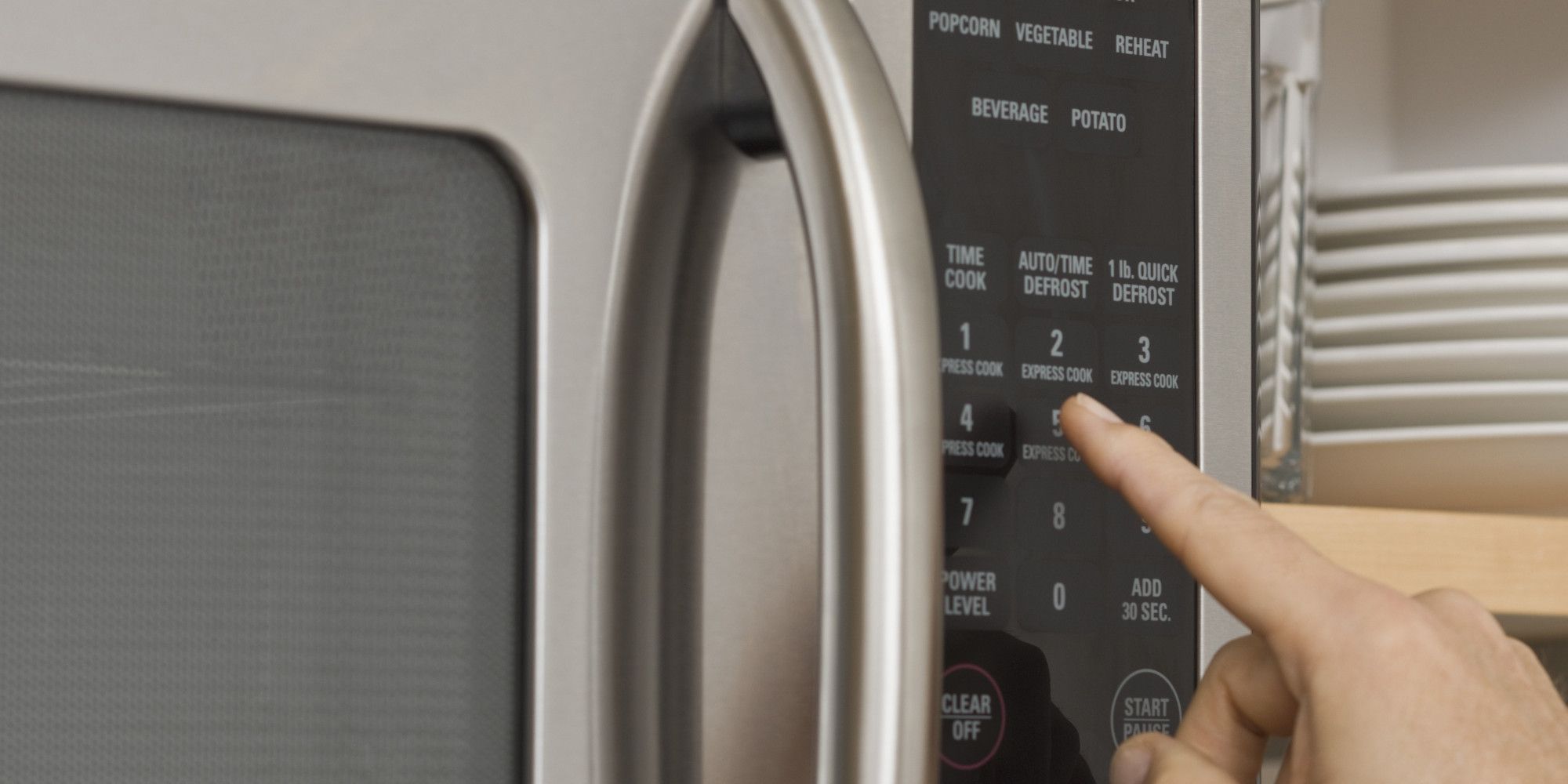
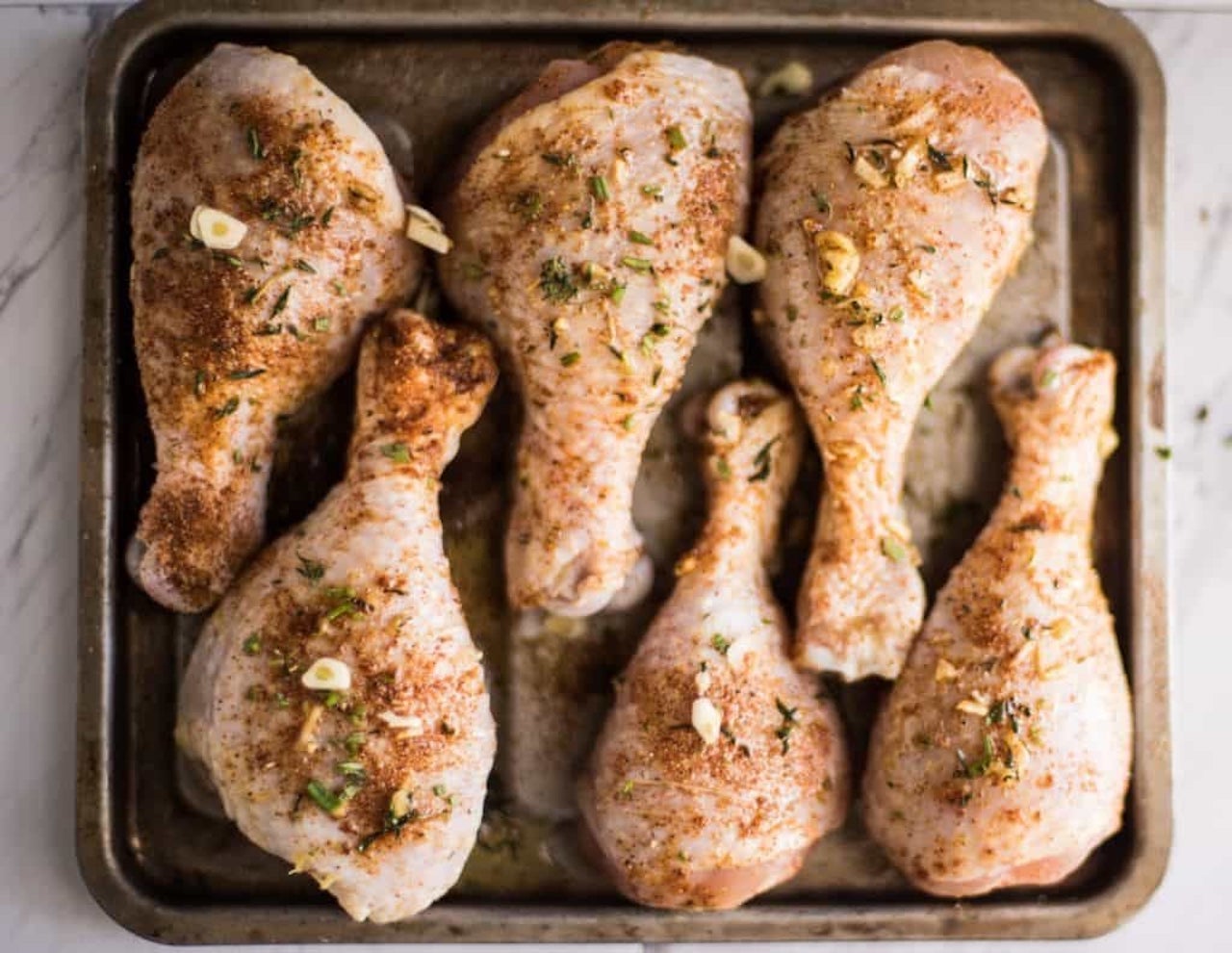
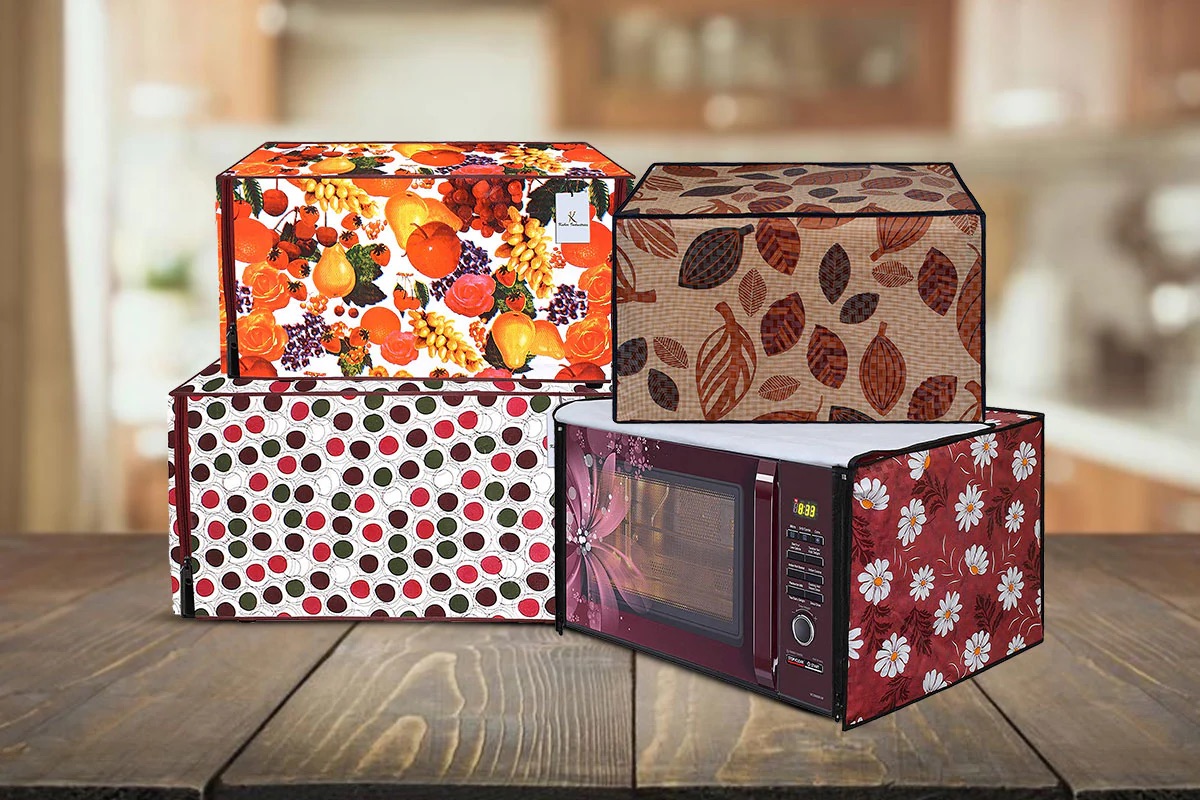
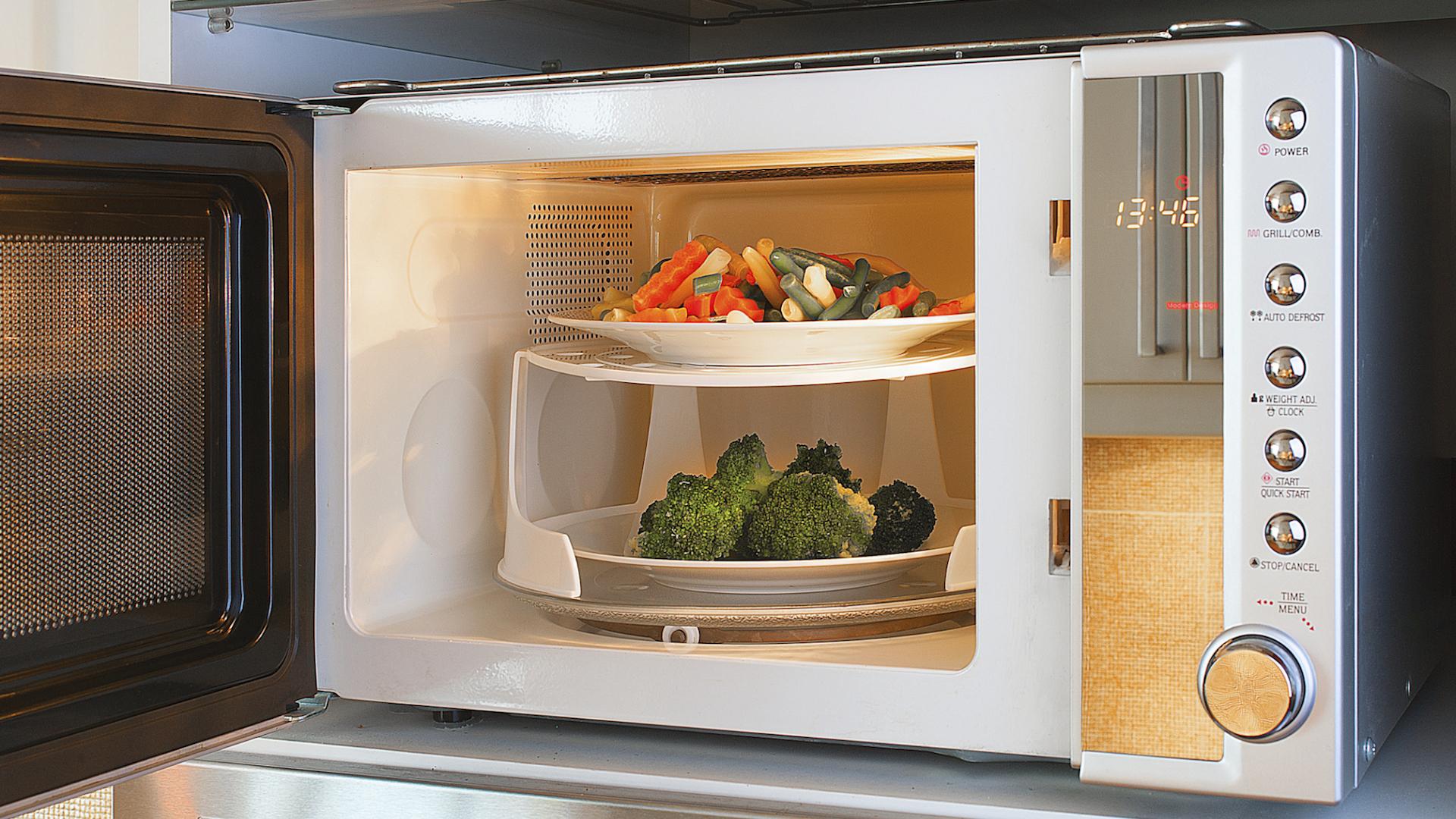
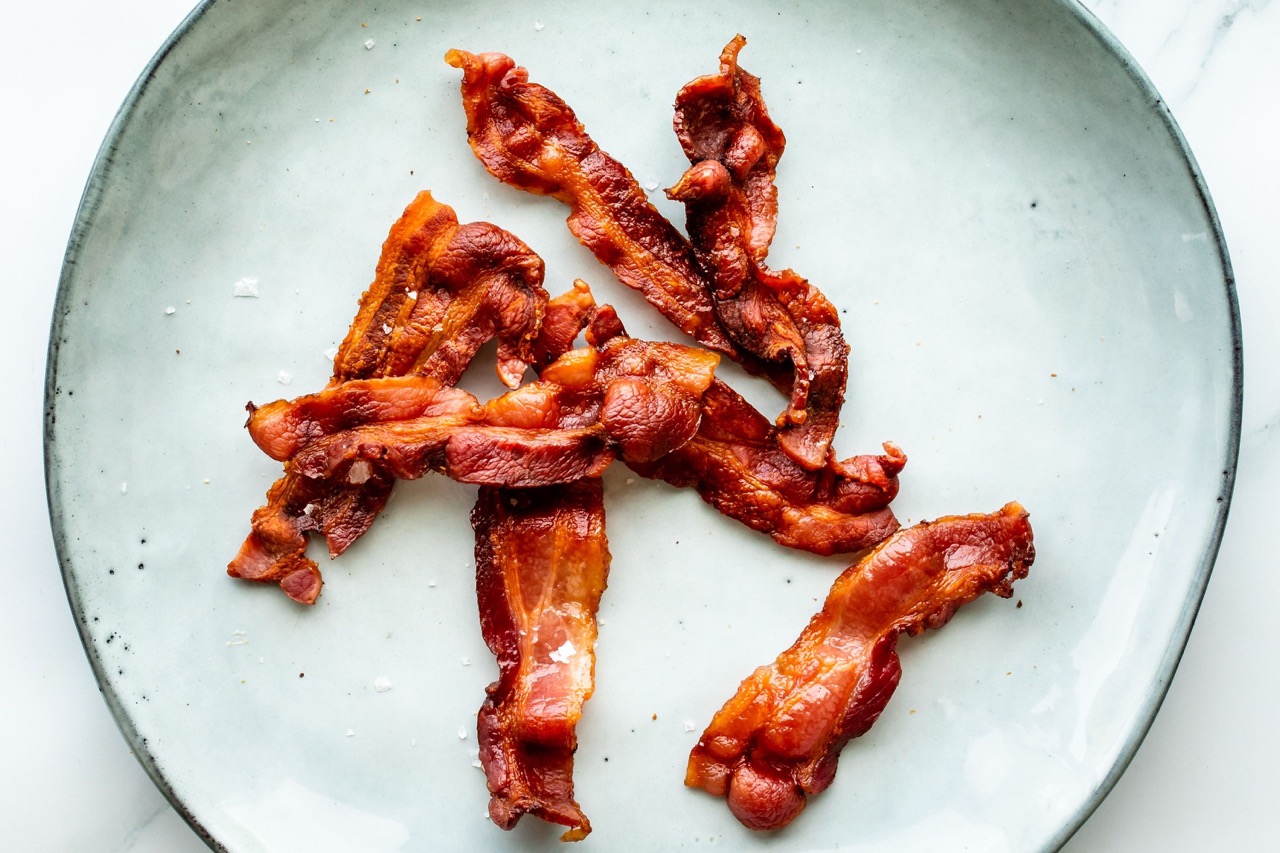
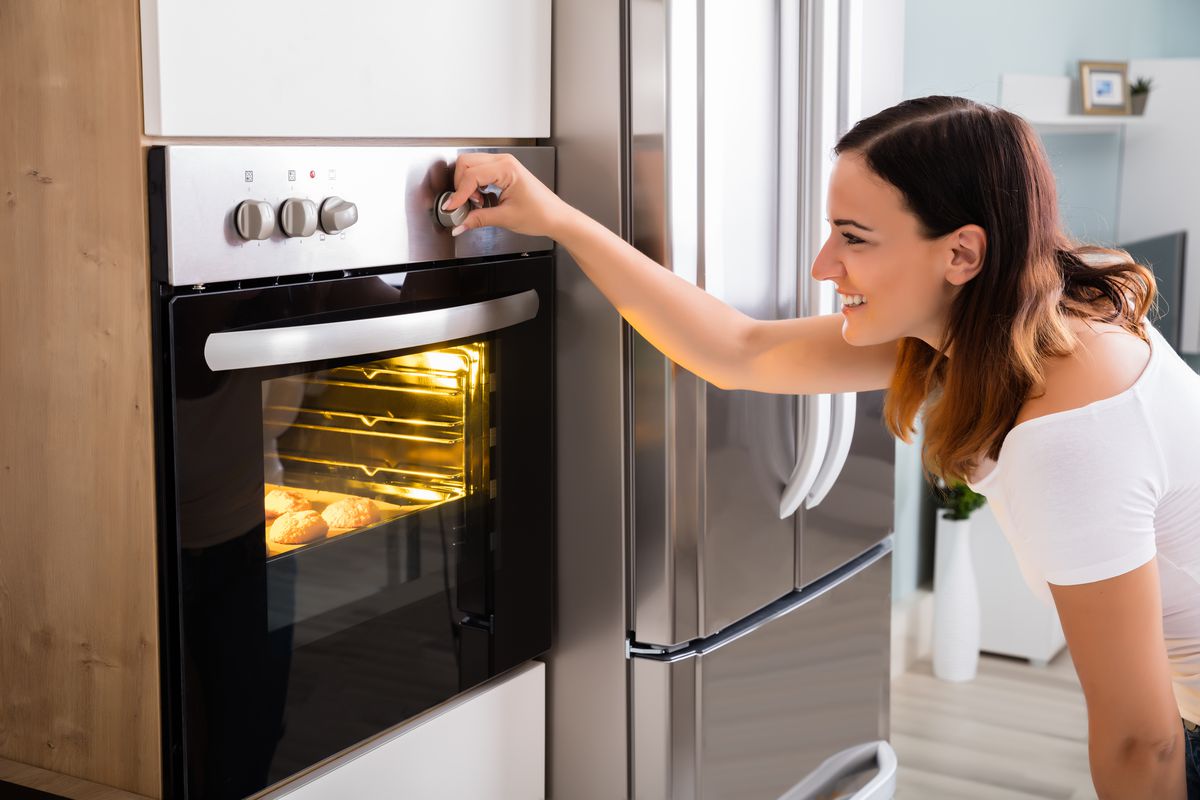
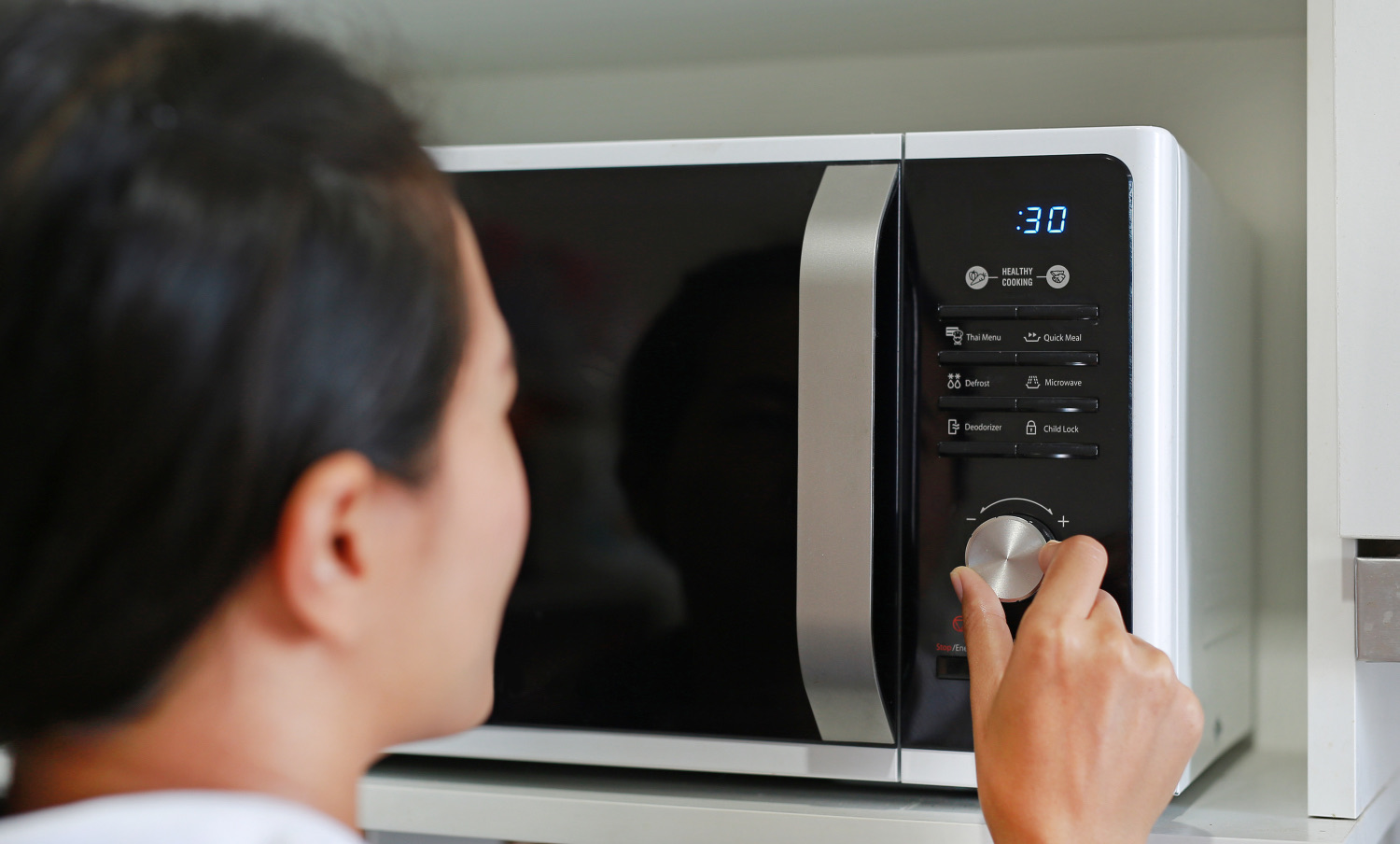
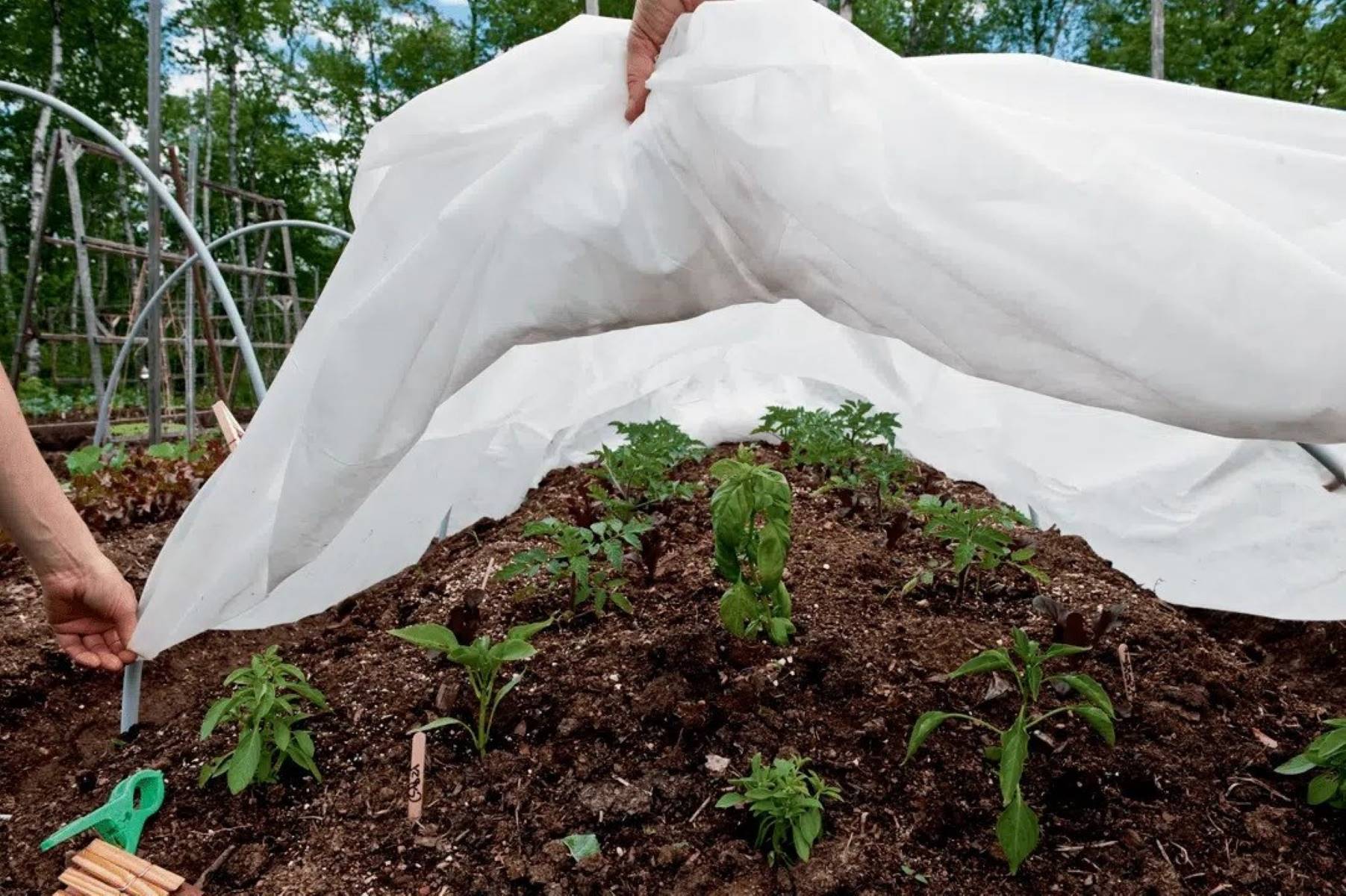
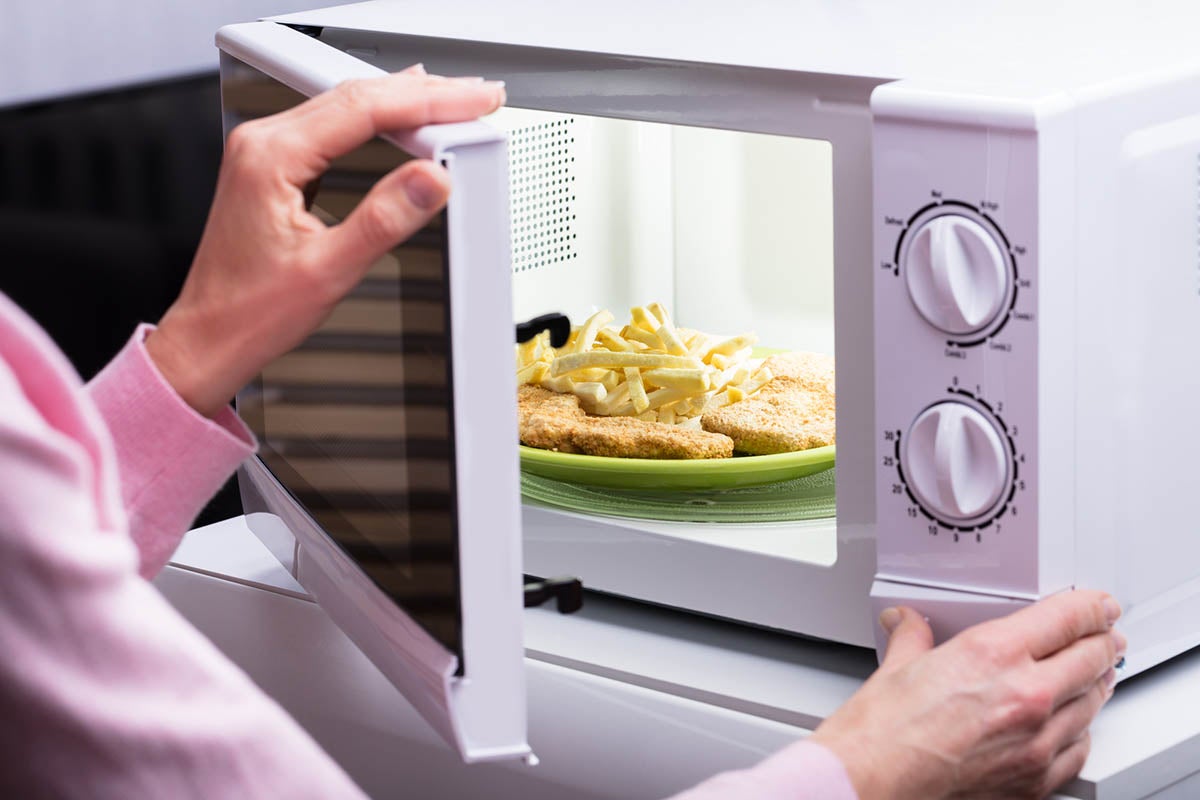
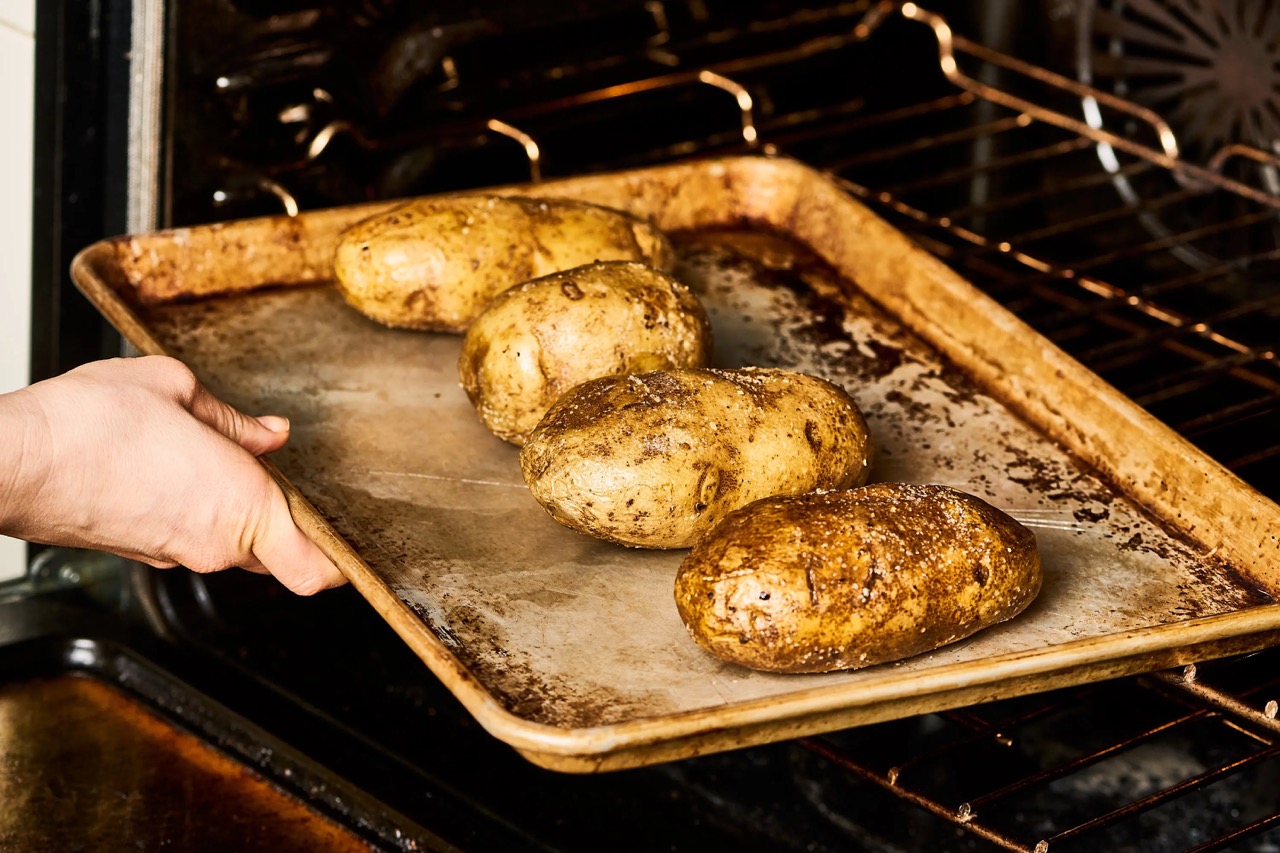
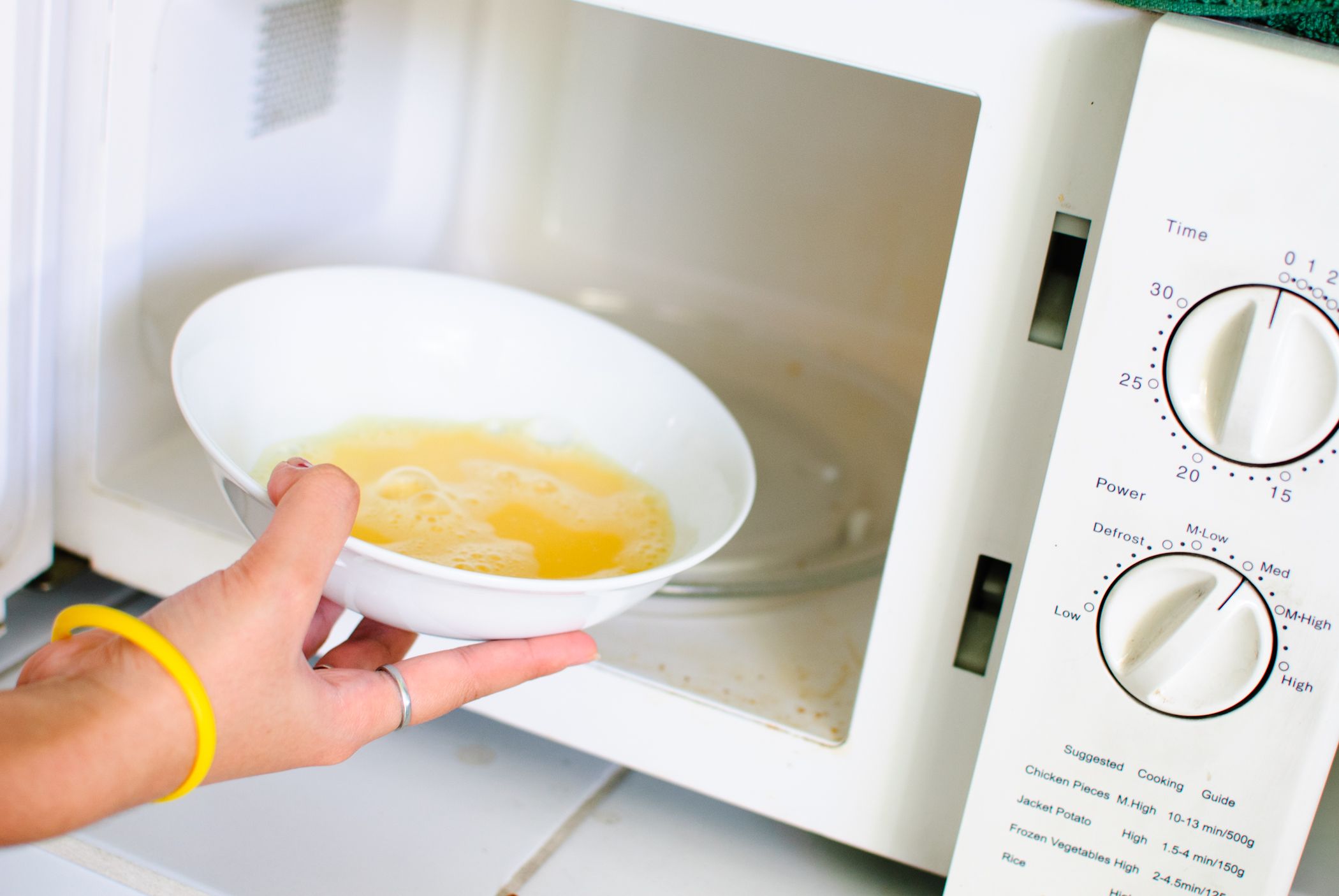
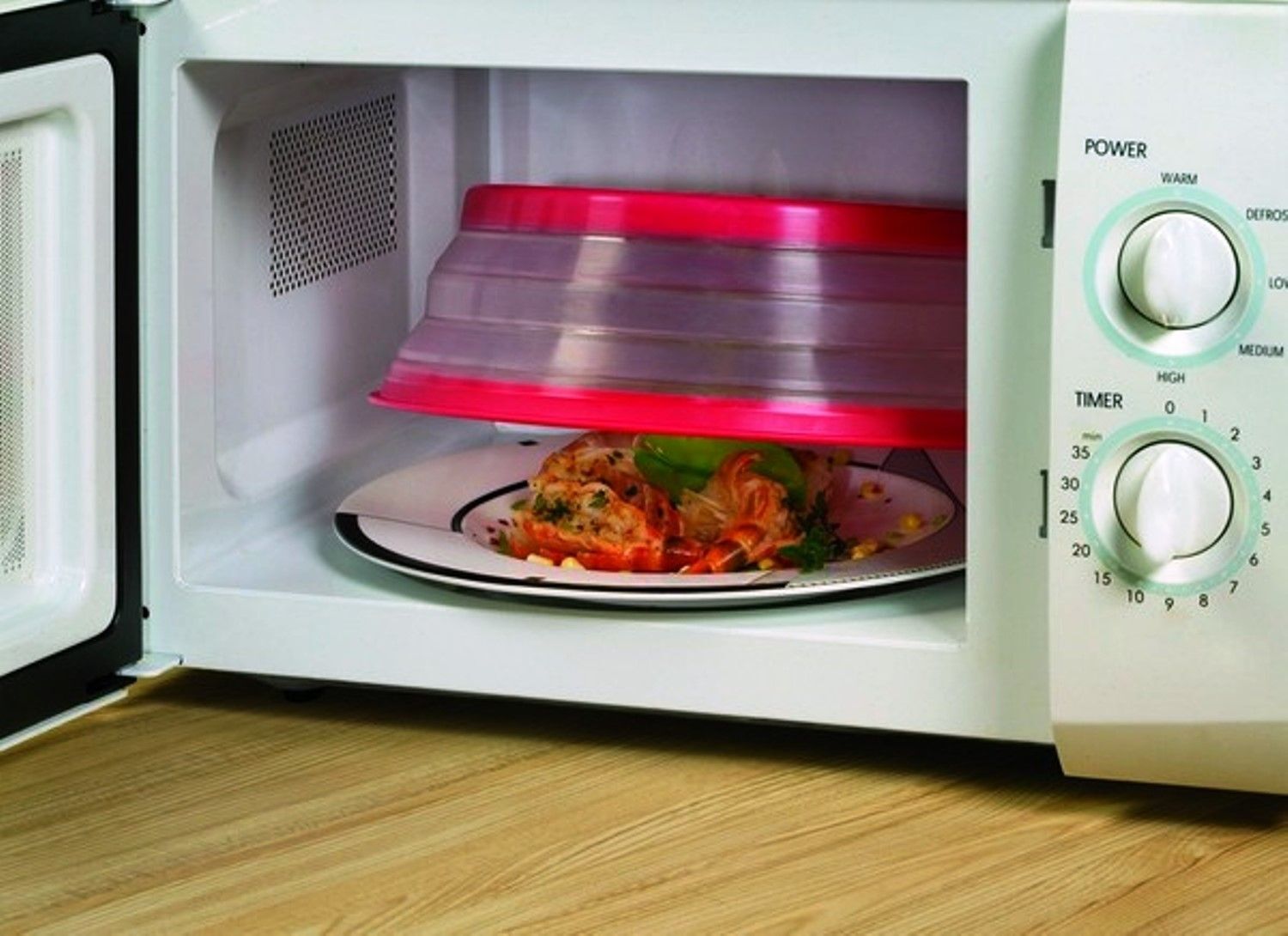
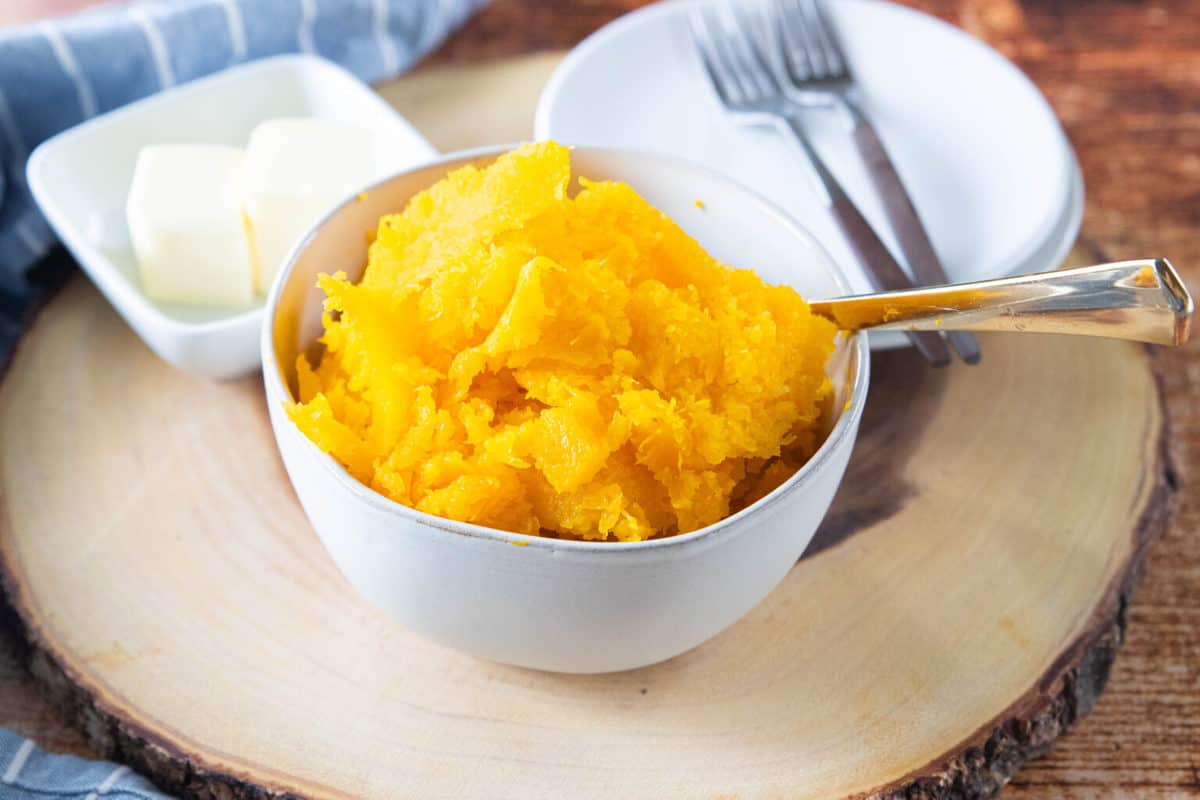

0 thoughts on “Why Should Meat Be Covered When They Are Cooked In A Microwave Oven”